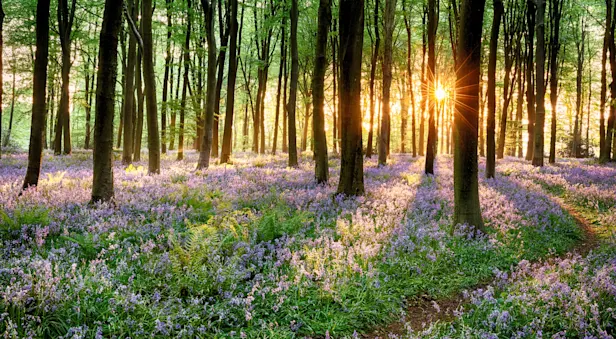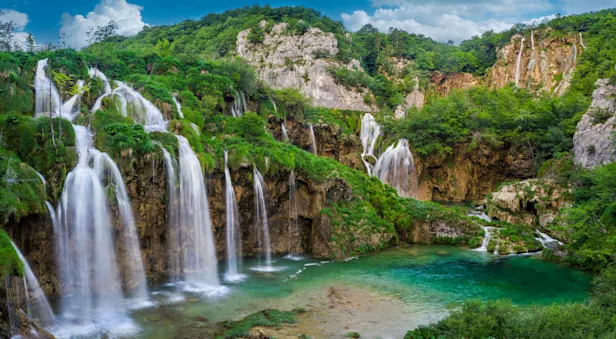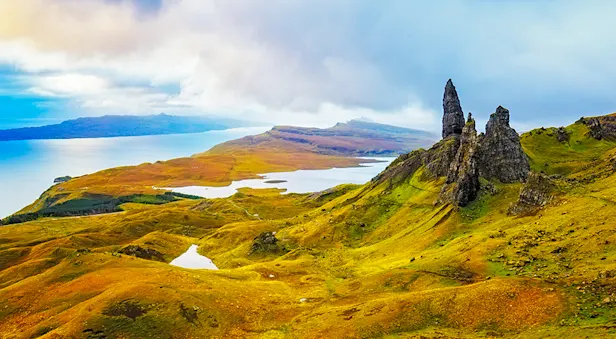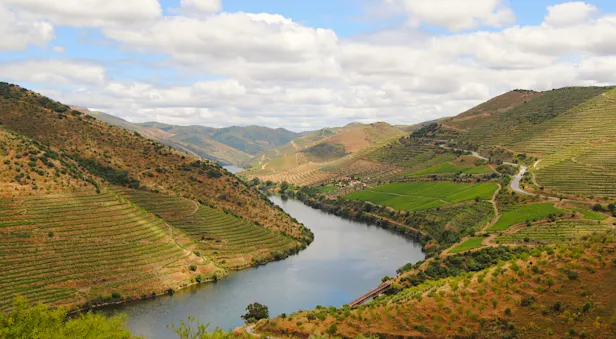Know Before You Go | Europe
Explore our European adventure resources packed with fascinating tidbits and travel tips. From wildlife guides and nature quizzes to conservation initiatives and inspirational travel stories, this useful array of materials will leave you feeling prepared for your trip, whether you're kayaking Croatia's clear Adriatic waters or hiking in the Swiss Alps. The links below open each article in a new tab.





































